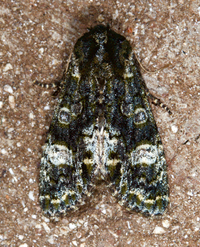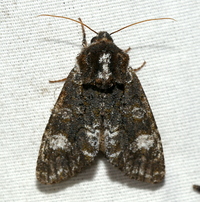
| Recorded by: Jeff Niznik, David George on 2025-04-05
Chatham Co.
Comment: | 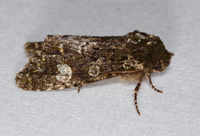
| Recorded by: Jim Petranka on 2025-04-02
Madison Co.
Comment: |

| Recorded by: Jeff Niznik, Larry Chen on 2025-04-02
Orange Co.
Comment: | 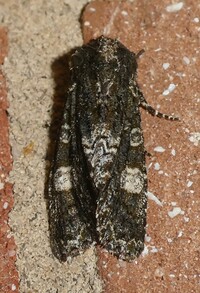
| Recorded by: Simpson Eason on 2025-03-30
Durham Co.
Comment: |

| Recorded by: Jim Petranka on 2025-03-29
Madison Co.
Comment: | 
| Recorded by: Jeff Niznik, David George, Rich Teper on 2025-03-28
Chatham Co.
Comment: |
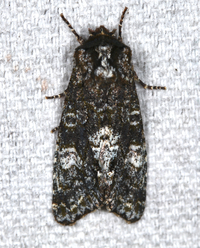
| Recorded by: Jim Petranka on 2025-03-25
Madison Co.
Comment: | 
| Recorded by: Chuck Smith on 2025-03-23
Davidson Co.
Comment: |
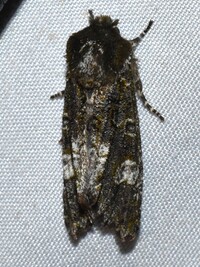
| Recorded by: Jeff Niznik, Kaitlyn Elliott on 2025-03-23
Orange Co.
Comment: | 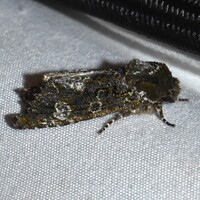
| Recorded by: Jeff Niznik, Kaitlyn Elliott on 2025-03-23
Orange Co.
Comment: |
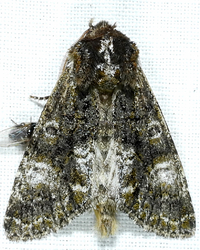
| Recorded by: tom ward on 2024-04-18
Buncombe Co.
Comment: | 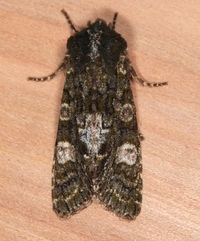
| Recorded by: Jim Petranka and Becky Elkin on 2024-04-16
Buncombe Co.
Comment: |
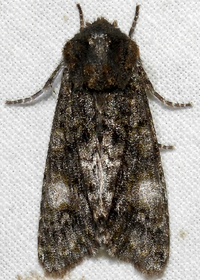
| Recorded by: tom ward on 2024-04-15
Buncombe Co.
Comment: | 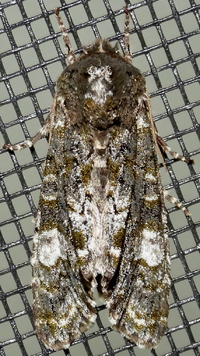
| Recorded by: tom ward on 2024-04-15
Buncombe Co.
Comment: |
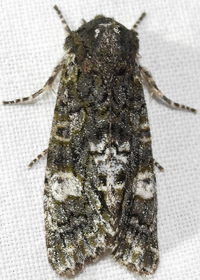
| Recorded by: tom ward on 2024-04-07
Buncombe Co.
Comment: | 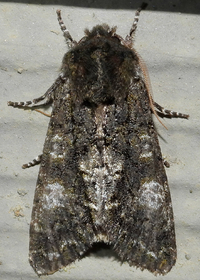
| Recorded by: tom ward on 2024-04-07
Buncombe Co.
Comment: |
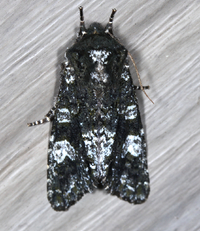
| Recorded by: Jim Petranka on 2024-04-02
Madison Co.
Comment: | 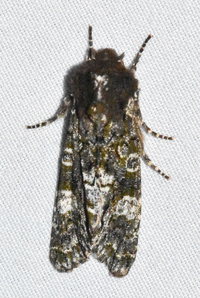
| Recorded by: Emily Stanley on 2024-04-01
Buncombe Co.
Comment: |
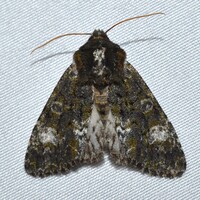
| Recorded by: David George, Jeff Niznik on 2024-04-01
Chatham Co.
Comment: | 
| Recorded by: Stephen Dunn, Jeff Niznik, David George on 2024-03-31
Orange Co.
Comment: |
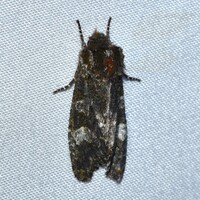
| Recorded by: Stephen Dunn, Jeff Niznik, David George on 2024-03-31
Orange Co.
Comment: | 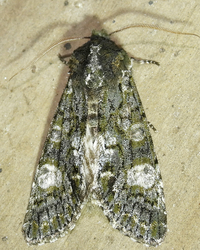
| Recorded by: tom ward on 2024-03-21
Buncombe Co.
Comment: |

| Recorded by: tom ward on 2024-03-20
Buncombe Co.
Comment: | 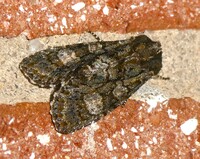
| Recorded by: Simpson Eason on 2024-03-18
Durham Co.
Comment: |
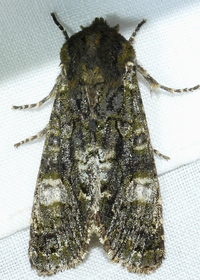
| Recorded by: tom ward on 2024-03-16
Buncombe Co.
Comment: | 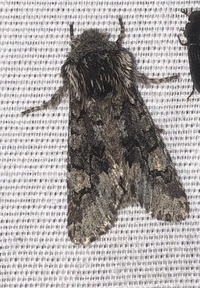
| Recorded by: B. Bockhahn on 2024-03-04
Buncombe Co.
Comment: |

| Recorded by: Emily L Stanley on 2023-04-07
Yancey Co.
Comment: | 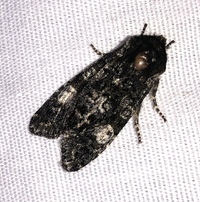
| Recorded by: B bockhahn on 2023-04-05
Buncombe Co.
Comment: |

| Recorded by: Jim Petranka on 2023-04-05
Madison Co.
Comment: | 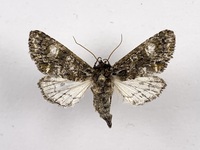
| Recorded by: Richard Teper on 2023-03-30
Orange Co.
Comment: |
|

 »
»

